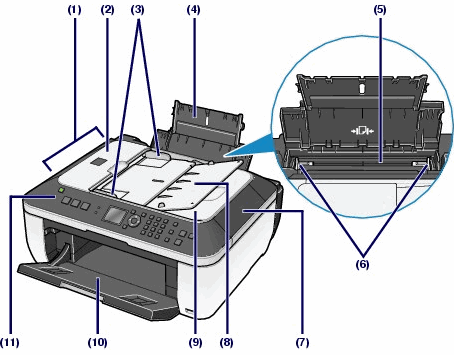
This guideline covers a broad range of topics, from which laminate plastic to order right the way through to printing economics. Not long ago, The Direct Marketing Association (DMA) launched a guideline for businesses to run their campaigns in the most sustainable way possible – and those printing out masses of newsletters or brochures abide by these rules. For example, if faulty printer components are causing a lot of dud documents, which in turn is wasting valuable ink, they will ensure all machines are immediately checked and serviced to prevent any more unnecessary loss and waste. No matter what sector of the business they operate in, those in the printing industry are very serious about waste management and regularly assess where the majority of their waste is coming from. This means that the Earth’s natural resources aren’t being stretched, the paper can be manufactured again after use, and whole forests don’t have to perish just so people can print volumes of documents. Most printing businesses use recycled paper made with sustainable materials, or ‘tree free’ alternatives such as sheets made from cereal straw pulp. Essentially recycled, or made using pre-loved cartridge components, these little beauties are economical and good for the environment. To prevent masses of plastic ink cartridges ending up on a landfill somewhere, most printing businesses and manufacturers offer and encourage remanufactured ink cartridges. Need a little convincing? Here are 7 solid reasons why the printing industry is not as wasteful as you think.



Most people consider the printing industry to be very wasteful, uneconomical, and bad for the environment, but this is not the case. But at a time when our planet’s natural resources are disappearing faster than the credibility of Kanye West, waste reduction is critical. All businesses generate waste it’s just the way it is.


 0 kommentar(er)
0 kommentar(er)
